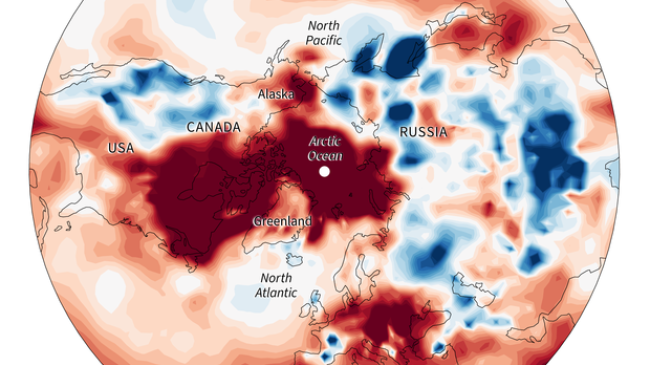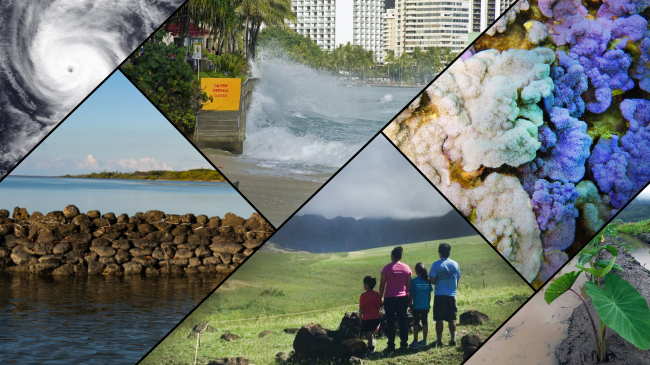Highlights past, current and projected climate trends
U.S. Global Change Research Program’s (USGCRP) Climate Science Special Report (CSSR), which serves as Volume I of the Fourth National Climate Assessment (NCA4), describes current trends in the climate globally and for the U.S., and projects trends in temperature, precipitation, sea-level rise and Arctic sea ice for the remainder of this century.

Motorists being warned of severe drought conditions with electronic road signs along U.S. Highway 50 in Sacramento, California. Taken August 5, 2015. (Image credit: iStock image)
Global and U.S. temperatures continue to rise
-
The annual average temperature for the globe and the contiguous U.S. has increased 1.8 degrees F from 1901 to 2016.
-
Sixteen of the warmest years on record for the globe occurred in the last 17 years; the last three years were the warmest.
Variability in temperature and precipitation is increasing
-
Heavy precipitation has increased in intensity and frequency across most parts of the U.S. since 1901, though there are important regional differences.
-
Heatwaves have become more frequent in the U.S. since the 1960s.
-
Cold temperatures and cold waves have decreased since the early 1900s.
-
Annual trends toward earlier spring snowmelt and reduced snowpack are already affecting water resources in the western U.S.
Ocean temperatures are warming and an increase in sea level
-
Global average sea level has risen by about 7-8 inches since 1900.
-
Global average sea level is expected to rise by several inches in the next 15 years.
Temperature increases in Alaska and across Arctic are greater than the rest of the globe
-
Annual average near-surface air temperature in Alaska and across the Arctic has increased over the last 50 years at a rate more than twice as fast as the global average temperature.
-
Since the early 1980s, Arctic sea ice extent has decreased between 3.5 percent and 4.1 percent per decade, has become thinner by between 4.3 and 7.5 feet, and on average the season of melting lasts 15 more days per year.
NOAA is one of 13 USGCRP federal agencies that contributed significantly to the CSSR and the draft NCA4.



